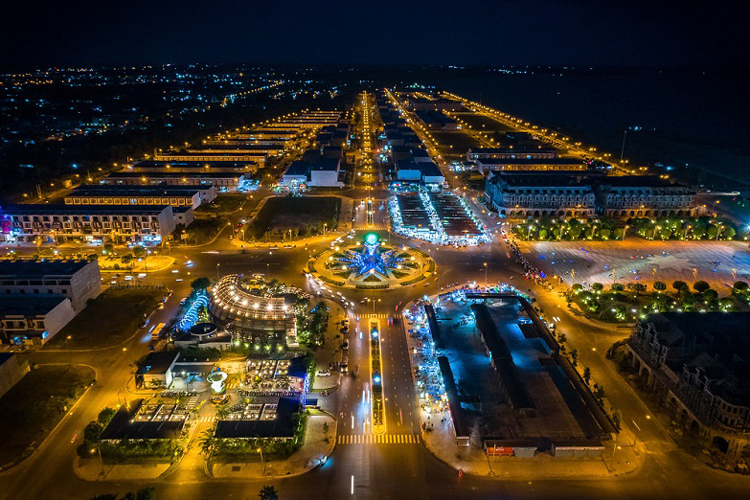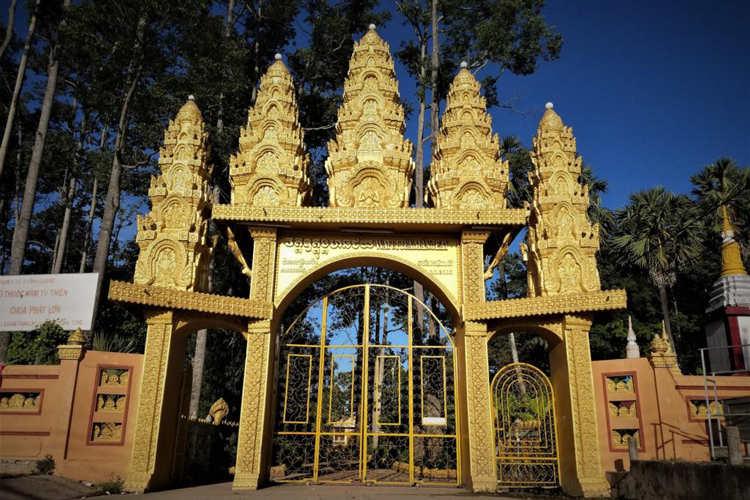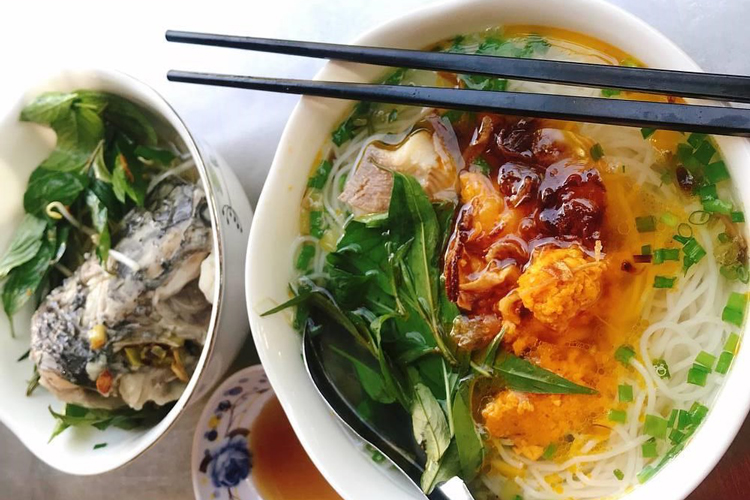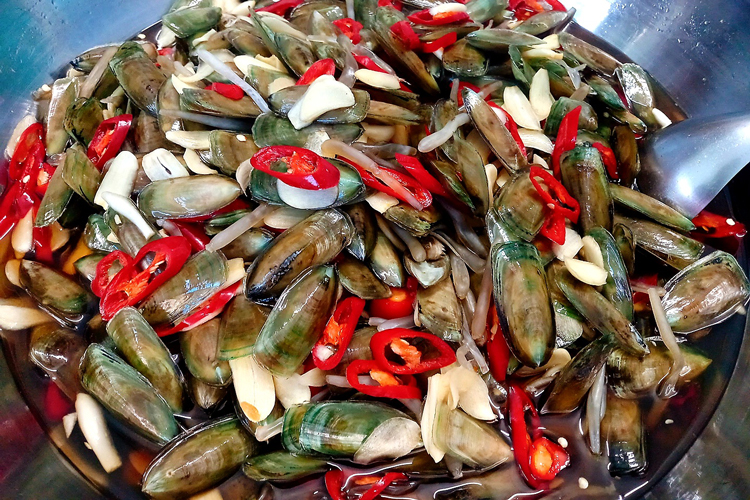Rach Gia

Rach Gia, a coastal gem and the capital of Kien Giang Province in Vietnam, stands proudly on the west coast of the Gulf of Thailand. The city boasts a strategic location for trade and transportation, thriving as a pivotal economic and cultural hub in the Mekong Delta. Rach Gia's landscape is dominated by waterways, contributing to its significance in the fishing industry, aquaculture, and seafood processing. With well-established roadways, a bustling port, and an airport, the city is seamlessly connected to other regions. Rach Gia encapsulates the rich cultural tapestry of the Mekong Delta, inviting visitors to explore traditional markets, savor local cuisine, and witness the warm hospitality of its residents. While contributing to the region's economic growth, Rach Gia also serves as a gateway to pristine beaches, islands, and natural wonders, offering a unique blend of economic vibrancy and cultural charm.
Rach Gia's history is deeply rooted in the complex tapestry of Vietnam's past. Dating back thousands of years, the region, nestled in the Mekong Delta, witnessed ancient civilizations engaged in agriculture and trade along the Mekong River. The 19th century brought French colonial rule, leaving an enduring impact on the area's architecture and administration. The mid-20th century saw Vietnam's struggle for independence, with Rach Gia becoming a focal point during the Vietnam War, experiencing the ebb and flow of conflict. Post-1975, the city entered an era of reunification and recovery, rebuilding from the war's devastation. The late 20th century heralded economic reforms, propelling Rach Gia into a thriving economic center with a focus on agriculture and aquaculture. Today, Rach Gia stands as a testament to Vietnam's resilience, blending its historical legacy with modern development and cultural richness, making it an integral part of the nation's evolving narrative.
Tam Quan Gate: Visit this iconic gate, which is a symbol of Rach Gia and a popular spot for photos. The gate is located near the Rach Gia Ferry Terminal.

The gate is characterized by its distinctive architectural style
Ngoc Hien Bird Sanctuary: Explore the Ngoc Hien Bird Sanctuary, a haven for birdwatchers. Located about 60 kilometers from Rach Gia, it's known for its diverse bird species and tranquil environment

Diverse bird species at Ngoc Hien bird sanctuary
Rach Gia Market: Immerse yourself in the local culture by visiting Rach Gia's bustling market. Experience the daily life of the locals, shop for fresh produce, and sample local delicacies.

The market's highlights is its fresh seafood section
Nguyen Trung Truc Temple: Pay a visit to this historical temple dedicated to Nguyen Trung Truc, a national hero who fought against French colonial forces. The temple offers insights into Vietnam's history.

Nguyen Trung Truc Temple showcases traditional Vietnamese temple architecture
Rach Gia City Park: Relax in the city park, a green oasis in the urban landscape. It's a great place for a leisurely stroll, picnics, and people-watching.

Rach Gia City Park, a verdant oasis nestled within the urban landscape
Phat Lon Pagoda: Visit this Buddhist pagoda known for its serene atmosphere and unique architecture. It provides a peaceful escape from the city buzz.

Phat Lon Pagoda is an ancient temple of the Khmer people
Muc Pha Lau rach Gia

This dish is not only delicious but also very good for your health
Seafood is abundant because of nature's gifts on the sea, particularly squid, which the Rach Gia people turn into exquisite specialties, particularly Pha Lau. The traditional technique yields a rich, aromatic broth that enhances the squid's absorption of spices without sacrificing the meat's natural flavor.
Fish Noodles

Fish noodles, known as "Bun Ca" in Vietnamese, is a popular and flavorful dish
Fish noodle soup is a rustic delicacy that has made a name for Kien Giang cuisine and cannot be missed anywhere in the province, especially Rach Gia. A bowl of fragrant, hot, steaming fish noodle soup will definitely make all your fatigue from traveling long distances disappear without a trace. Round white noodles soaked in a sweet broth with the strong aroma of lemongrass and turmeric. Black fish meat made from copper fish is firm, sweet, and chewy, making it unforgettable.
Ca Xiu

Ca Xiu with salt
The seaside region of Kien Giang is known for its Ca Xiu. Although this is not a specialty of Rach Gia, you should definitely taste the really tasty ca xiu meal when you visit. The ideal combination for this meal is rice, fresh cauliflower, firm, sweet meat, sour, sweet, and spicy flavors enhanced by a complex spice blend. Savor a bowl of hot rice and a nice cup of coffee. Its "unique" flavor is sure to make your heart skip a beat.
Bun Ken

Bun Ken is an attractive specialty that attracts tourists to visit once.
Bun Ken is an indispensable dish when mentioning Rach Gia cuisine. Rach Gia people always use ingredients from the river region in their menu. If you want to explore cuisine rich in Rach Gia cultural identity, bun ken is the right choice for you. This traditional dish is sold in many noodle stalls at the market.
Rach Gia Scallop Salad

The flavor of the salad is an impressive combination of fresh ingredients
Coming to Rach Gia cuisine, you will have countless choices with new and eye-catching delicious dishes. Scallop salad is an indispensable choice in the culinary discovery journey in the Western river region. Scallops can be processed into many different dishes, but the most popular dish in Rach Gia is still salad.
Accommodation
Meals
Transportation
Sightseeing and Activities: $1 - $10 USD (varies based on the attraction)
Miscellaneous
Like other provinces in the Southern region, Rach Gia City, Kien Giang province has a tropical humid monsoon climate and is divided into two seasons: rainy season and dry season. According to the experience of traveling to Rach Gia on your own by those who love traveling, if you want to fully explore this land, the ideal time is from January to the end of June every year. At this time the weather here is quite nice, lots of sunshine, fresh air, and dry weather so you won't have to worry about sudden rains interrupting your exploration.
Air Travel: Tourists have the option to take a direct flight from Ho Chi Minh City to Rach Gia City, making air travel a convenient means of reaching the destination. Rach Gia Airport is situated approximately 7 kilometers from the city center, and upon arrival, visitors can easily cover this distance by taking a taxi or using the Grab ride-sharing service.
Bus Transportation: For larger groups seeking both safety and cost savings, buses present an ideal choice for travel. Several bus companies operate services from Ho Chi Minh City to Rach Gia, offering tickets at an affordable price of around 200,000 VND per trip.
Motorcycle Journey: Backpackers with a penchant for independent travel often favor motorbikes as their primary mode of transportation to Rach Gia. From Ho Chi Minh City, one can simply follow National Highway 1A, traverse My Thuan Bridge to Long Xuyen City, and proceed towards Lo Te Junction, ultimately arriving at Rach Gia City